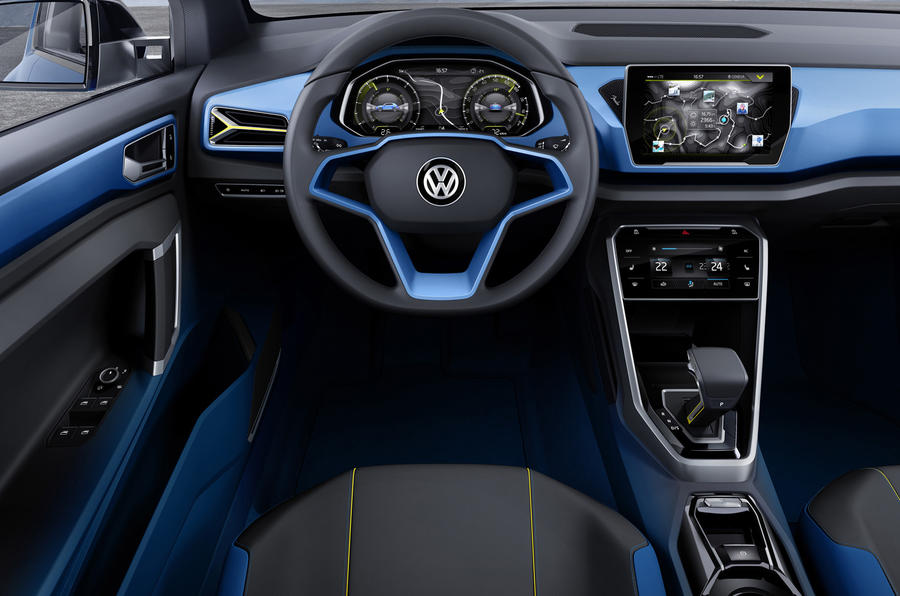History is very likely to record the 2014 Geneva motor show 2014 as the moment that Volkswagen Group took the significant step to overhaul the interiors of its bread-and-butter models with touchscreen-based technology.
This seismic step is important because VW’s current dominant position in the European car industry can be traced back to the late-1990s Golf Mk5 and the decision to invest in premium quality interior design to open a quality lead over rivals.
It was a gamble counted at the time in hundreds of millions of dollars of R&D, investment and production tooling that paid off by lifting VW’s models to a position where its models commanded a sales premium.
The opposition scrambled to catch-up, many failing to close the gap on quality, with a resultant loss of profitability. It really was that important to the business bottom line.
Ever since, VW has led the field in the art of assembling interiors from beautifully weighted switches and elegantly designed analogue instruments arranged logically in a design hierarchy driven by the desire to add value and brand lustre in the congested mid-market.
Forget all that for the future, because the VW T-Roc concept at Geneva has an interior built around three digital screens – a 12.3-inch instrument cluster, an eight-inch satnav screen atop the dash and a six-inch lower screen for secondary functions.
This, no less, is an interior design revolution for VW and will be embraced for production "in the next two to three years", according to VW design chief Klaus Bischoff.
"We have to do this because people are becoming so used to it. And younger car buyers are growing up with touchscreens. The interior with lots of knobs and switches can’t go on," he added.
VW is still mulling over how to launch touchscreen interiors. One option is to use a niche model, like the production T-Roc, which is expected in the next 24 months, or a premium model, like the Phaeton replacement, both of which can bear the higher component cost.
Then the technology has to cascade down the range, and as production volumes build, the cost will fall to a point when the Up-family can be equipped with touchscreens.
"If you remember the first Up concept, it had touchscreens, but they were too expensive back then," said Bischoff.
When the technology is available, it will then spread to Audi, Seat and Skoda, and the cost will come down further.






Join the debate
Add your comment
Buttons and Touchscreens in Harmony?
Is this a good development?
As has been mentioned previously, accessing major vehicle functions from a multi use screen means if one thing fails they all do. Not everyone is in the happy position of being able to drive a new car either. So as this technology filters down to the used market at three years plus, I dread to think of the potential post warranty replacement costs.
I also agree that with individual switches, you get used to where they are and how they click, so usually there is no need to look, but with a screen of 8" to touch, eyes will be off the road. Infact I recently had the use of a Peugeot 208 as a courtesy car whilst my own car was being serviced. This was fitted with a touch screen and I found it distracting having to select menus and items. In one second you travel 44 feet even at 30 mph, and eyes will be off the road for longer than that even changing radio stations. Let us also not forget that most people are right handed, so the screen is not ideally placed for most UK drivers.
No doubt in time, touch screens will be the norm. They will save manufacturers a great deal in production costs, and motorists will end up paying hundreds of pounds if they ever need replacing.
Bull shit
According to this article, it seems like touchscreen makeup is very expensive. Is it really true that making touchscreen dashboard would cost more than traditional one? I don't think so.